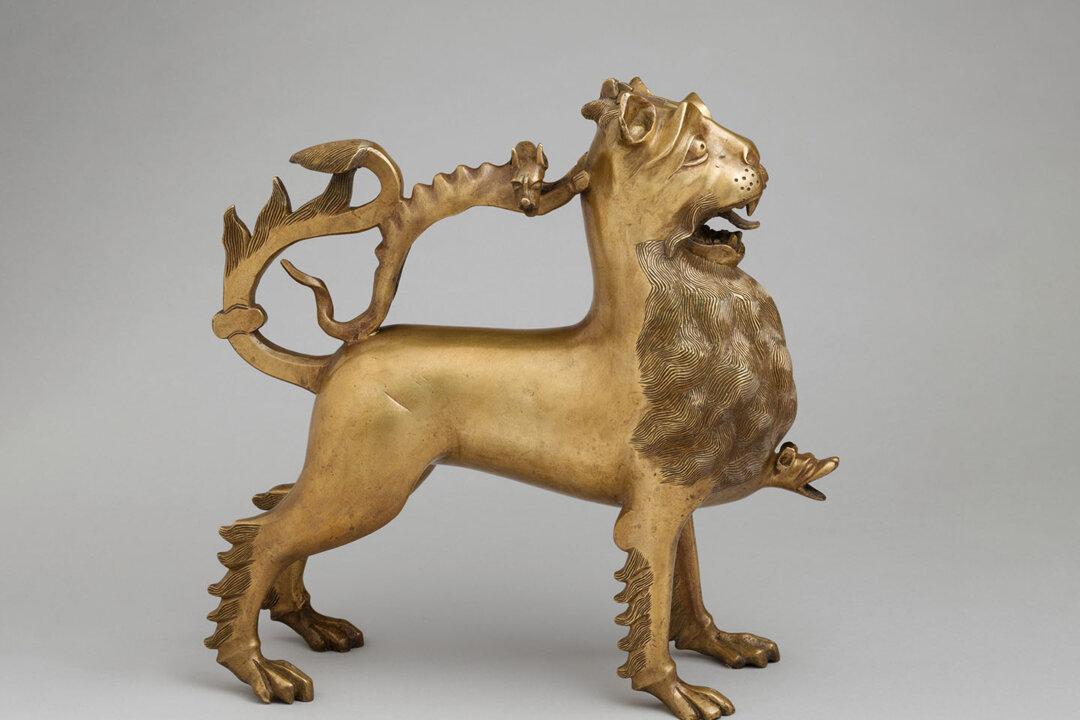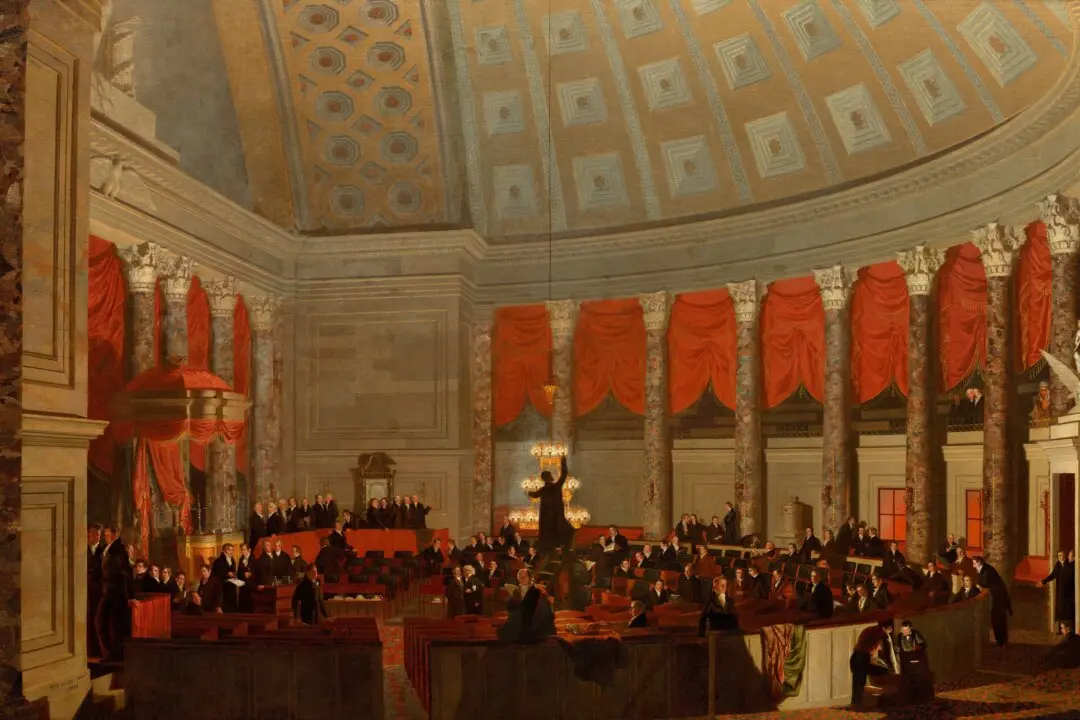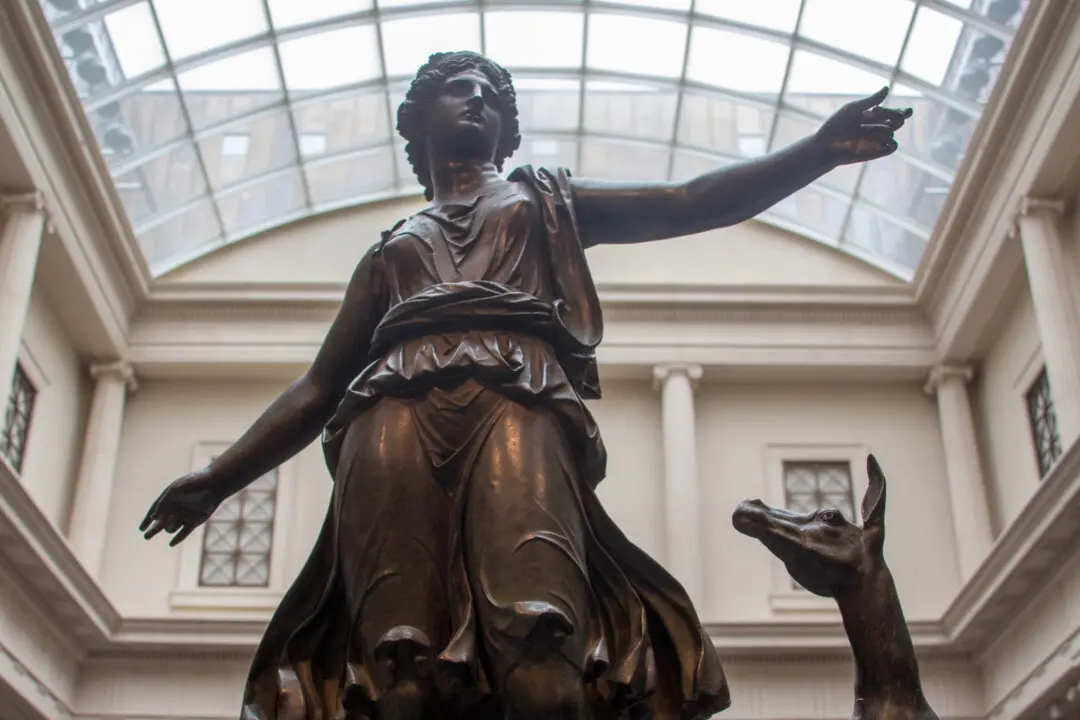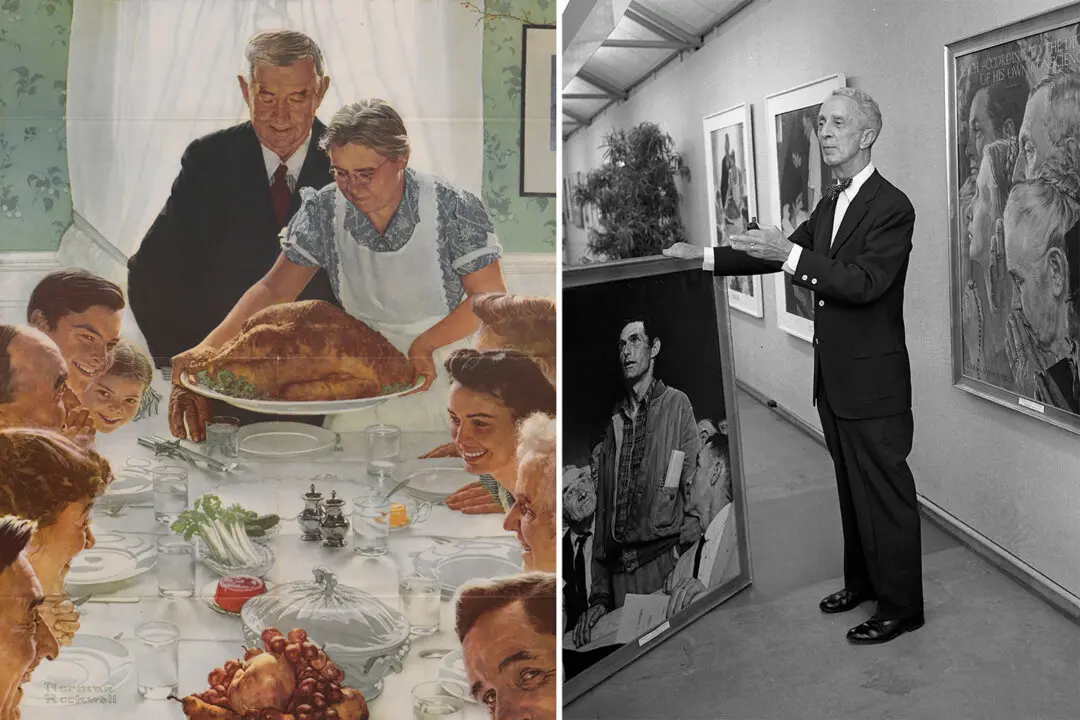Ritual hand-washing vessels known as aquamanilia were essential, practical objects in medieval Europe. The term aquamanile comes from the Latin word “aqua,” meaning water, and “manus,” hand. They were used in both religious and secular settings. Priests used them to pour water during liturgies. Aristocrats and wealthy merchants used aquamanilia as showy pouring vessels during banquets.
Aquamanilia were the first vessels created during Europe’s Middle Ages. Usually cast in the medium of copper alloy, the lost-wax process was used: Molten metal was poured into a wax mold that was melted with a cavity in the shape of the animal. Artisans engraved surface details after the form was cast. Although hollow-cast animal receptacles were made in the latter part of the Roman civilization and the early Byzantine era, scholars consider the medieval aquamanilia to be innovative adaptations, not copies.





